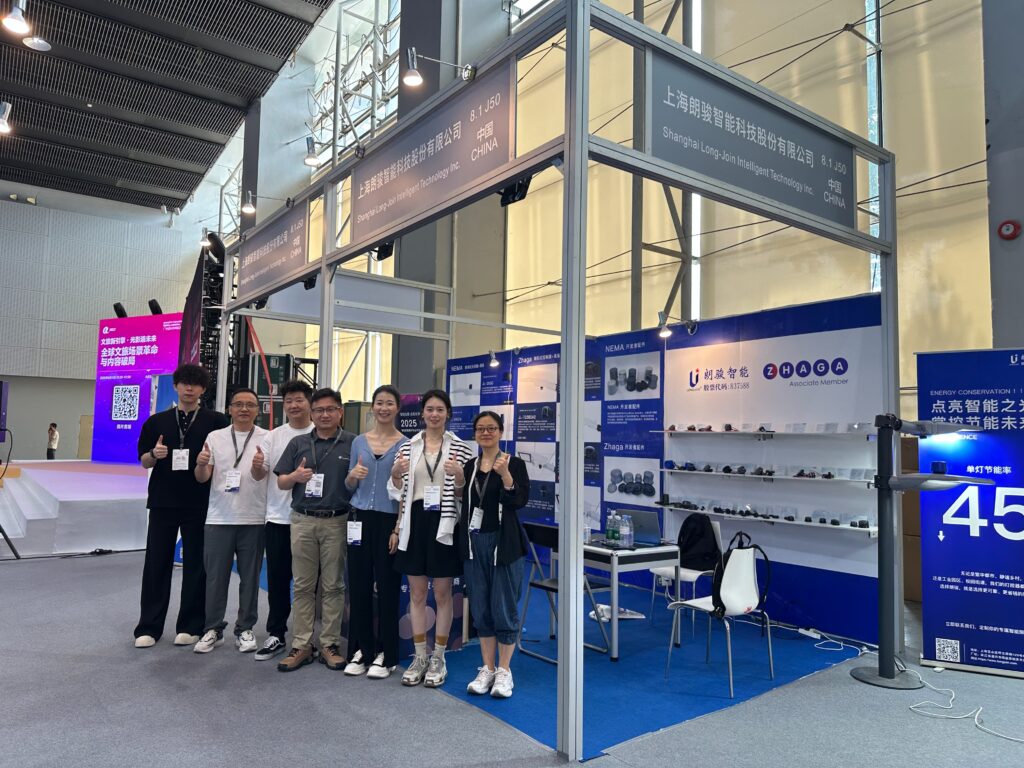Outline
- Introduction
- Adaptive Lighting Systems in Smart Traffic
- Real-time Lighting Adjustments
- Energy Savings and Pollution Reduction
- Traffic Signal Integration
- Combination of Smart Lighting with Vehicle-to-Everything (V2X) Technology
- Anticipatory Lighting Control Based On Road Conditions And Weather Forecasts
- Intelligent Lighting in Public Transportation Systems
- Renewable Energy Integration in Smart Traffic Lighting
- Holistic Management and Data Integration in Smart Cities
- Integrated Smart Traffic and Lighting Systems
- Centralized Monitoring and Urban Efficiency
- Smart City Interconnectivity
- Final Words
In 1912, Lester Wire, a young police officer, envisioned a solution to manage the growing traffic through lights rather than patrolling officers. Over the decades, these traffic lights have undergone significant advancements. Yet, the complexity and demands of modern road systems far surpass the challenges of over a century ago.
Now, the rapid development of smart city initiatives has paved the way for innovative solutions that merge intelligent lighting with smart traffic systems. Light sensors, pivotal in these systems, regulate streetlights to ensure optimal brightness and operation based on real-time conditions.
This article delves into the synergy of smart traffic and intelligent lighting, exploring how light sensors transform roadway and public transportation systems into efficient, safe, and eco-friendly infrastructures.

Adaptive Lighting Systems in Smart Traffic
Real-time Lighting Adjustments
Adaptive lighting systems dynamically modify brightness based on traffic volume, weather, and ambient light. Using advanced sensors and IoT technologies, these systems ensure optimal luminance for safety and energy efficiency.
For instance, adaptive controls on highways like Greece’s Athens-Patras highway adjust LED brightness to anticipated conditions, reducing energy use by up to 75% while enhancing safety.
Energy Savings and Pollution Reduction
By integrating dimming technologies, these systems reduce energy waste without compromising visibility. Unlike older “half-code” methods, dimming ensures uniformity, minimizing glare and light pollution.
Solid-state LED luminaires further decrease energy consumption by 90% compared to traditional systems, supporting sustainability goals.
Traffic Signal Integration
Coupling adaptive lighting with traffic signals and vehicle sensors enhances night-time driving safety. For example, systems using predictive AI adapt brightness levels in response to real-time traffic data, ensuring drivers experience consistent visibility even in unexpected situations.
Combination of Smart Lighting with Vehicle-to-Everything (V2X) Technology
V2X technology enables bidirectional communication between vehicles and their surroundings. This effectively enhances safety, efficiency, and driving experiences.
Advanced headlights and luminaires equipped with this technology can adjust lighting levels dynamically based on real-time data from vehicles, such as speed or proximity.
This communication, facilitated by V2X platforms, optimizes lighting in high-traffic areas or at intersections to improve visibility and traffic flow. Smart lighting paired with V2X technology boosts safety by responding to vehicle signals.
For instance, during sudden braking or hazard activation, streetlights in the vicinity can increase brightness to alert other road users. This proactive approach enhances road safety, particularly in adverse conditions like fog or rain, by improving visibility and reaction times.

Anticipatory Lighting Control Based On Road Conditions And Weather Forecasts
Integrating V2X technology with environmental monitoring allows anticipatory lighting. For example, when vehicles detect icy roads or heavy rain, they can signal infrastructure to adjust lighting levels preemptively.
This integration enables smoother traffic management by improving visibility in hazardous conditions before drivers encounter the affected areas.
Intelligent Lighting in Public Transportation Systems
Smart lighting systems in public transportation hubs use sensors to monitor passenger density and schedules. These systems can adjust brightness to optimize energy use during off-peak hours and ensure adequate lighting during peak times.
For instance, motion-detection systems at bus stops activate lighting only when passengers are present, reducing energy wastage. By integrating intelligent lighting, transit hubs experience reduced maintenance costs and enhanced safety.
Additionally, adaptive lighting improves visibility in critical areas like boarding zones, discouraging vandalism and accidents. Additionally, advanced management platforms centralize control, reducing the need for manual adjustments and lowering operational expenses.
Renewable Energy Integration in Smart Traffic Lighting
Climate change is stressing the need for renewable energy. Against this backdrop, solar energy is rapidly replacing conventional power means everywhere, and urban infrastructures are not an exception. Advanced photovoltaic panels, paired with energy storage systems, provide a consistent power supply while reducing reliance on traditional grids.
Columbus, Ohio, demonstrated successful integration by combining solar power and electric vehicle chargers as part of its smart city initiative, significantly improving urban energy efficiency.
Solar-powered lighting is particularly effective in remote or off-grid regions, eliminating the need for extensive transmission infrastructure. Projects leveraging hybrid setups of wind, solar, and batteries ensure uninterrupted illumination while tackling issues like variable energy production due to weather changes.
Also, renewable energy can substantially lower urban carbon emissions. In 2012, renewable energy accounted for 20.4% of total electricity generation in Ireland, which avoided a 26% increase in fossil fuel usage, saving €297 million. It also averted an 18% rise in CO2 emissions, totaling 2.85 million metric tons.
Holistic Management and Data Integration in Smart Cities

Integrated Smart Traffic and Lighting Systems
IoT and big data enable centralized control of traffic and lighting systems, optimizing energy use and maintenance. Predictive analytics assist in resource allocation, ensuring minimal downtime and enhancing urban operational efficiency.
Centralized Monitoring and Urban Efficiency
Advanced platforms integrate diverse city operations, from traffic lights to smart lighting, into a unified interface. This centralization supports dynamic energy distribution, reducing redundancies and operational costs.
Smart City Interconnectivity
Light sensors act as critical nodes in smart city frameworks, linking various systems like transportation, energy grids, and public services. This interoperability ensures that cities can dynamically respond to real-time events, improving overall urban sustainability and resilience.
Final Words
The integration of intelligent lighting with smart traffic systems and public transportation highlights a transformative shift toward safer, more efficient, and sustainable urban environments. For reliable and innovative smart lighting solutions, Chi-Swear offers a diverse range of products designed to meet modern urban challenges, ensuring both quality and technological advancement in every application.
External Links
- https://en.newsroom.vinci-concessions.com/news/athens-patras-highway-becomes-the-first-in-greece-to-deploy-smart-lighting-system-e84d-55ff8.html
- https://www.energy.gov/energysaver/lighting-choices-save-you-money
- https://xray.greyb.com/articles/advances-in-vehicle-to-everything-systems
- https://www.naiop.org/Research-and-Publications/Magazine/2018/Spring-2018/Business-Trends/Columbus-Tackles-Smart-City-Initiatives
- https://www.researchgate.net/publication/275058105_Fossil_fuel_and_CO2_emissions_savings_on_a_high_renewable_electricity_system_-_A_single_year_case_study_for_Ireland
- https://en.wikipedia.org/wiki/Big_data






